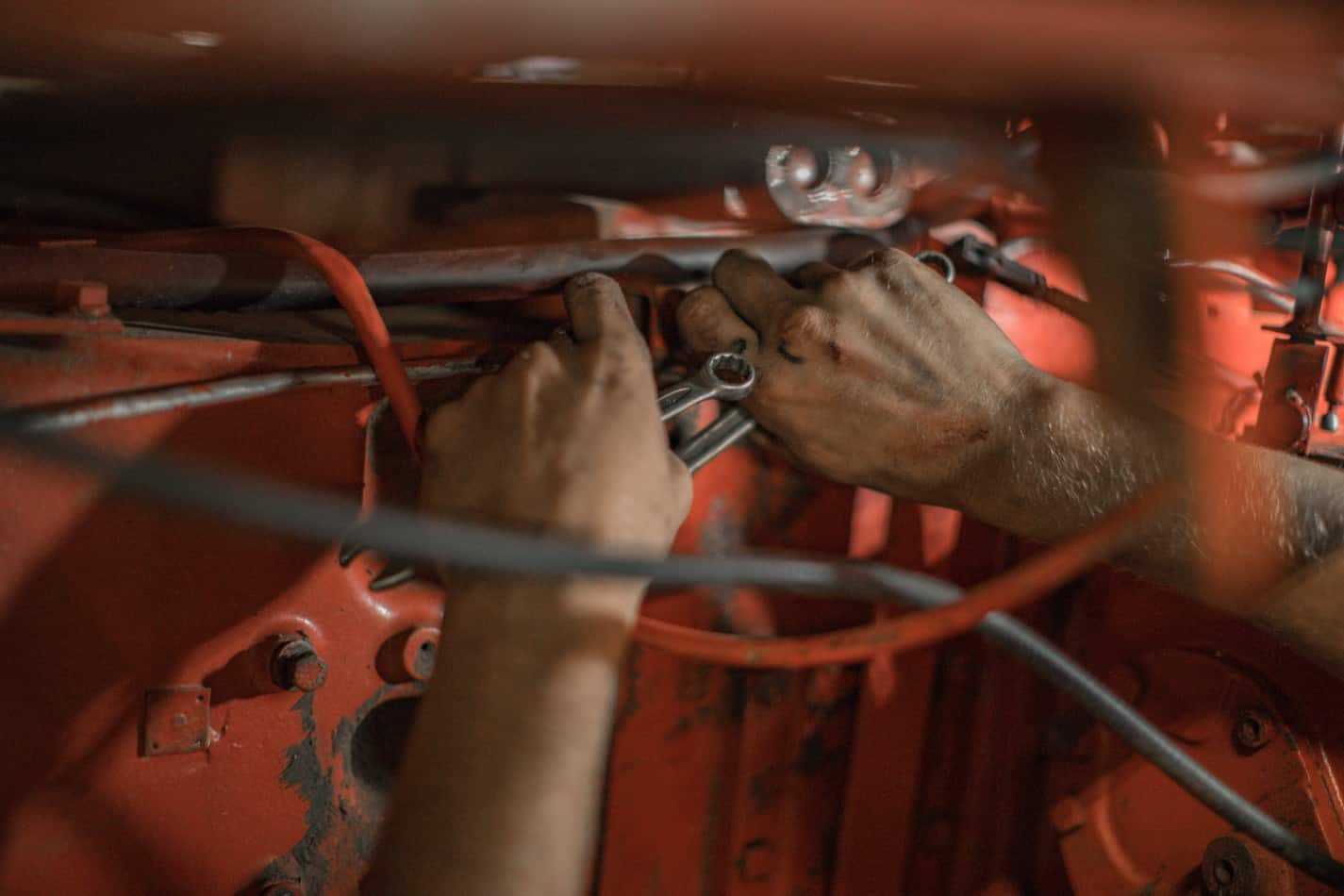Your brakes are feeling soft. You know that your brake lines probably have air in them and you are wondering if they will bleed themselves.
Brakes will not bleed themselves. When air gets into the brake lines it must be pushed out of the line and replaced with brake fluid. Having air in your line will cause the brakes to feel spongy or soft and they will not work properly.
It is not a good idea to wait and see if your brakes will bleed themselves. You should always have your brakes working at their very best to prevent accidents. We’ll give you tips on how to bleed your brakes yourself.
How Do I Bleed My Brakes?
To bleed the brakes you will need to drain the brake line of air filled brake fluid. This can be done using one of these methods:
- Traditional Pump and Hold
- Power Bleed
- Vacuum Bleed
- Reverse Bleeding
You may need an extra person to help you bleed your brakes.
Brake lines should only need to be bled when the braking system has been compromised. For example, if you replaced:
- Brake pads
- Rotors
- Brake Calipers
You will need to bleed the brakes.
We will go over the most common way to bleed your brakes.
What is the Pump and Hold Brake Bleeding Method?
The pump and hold method are the traditional way of bleeding brakes. It will require two people to perform; one person to sit in the vehicle and pump the brakes, one person to open and close the brake line valve.
This method has been used for a very long time and is proven to work. There are a few supplies you will need:
- Tire iron/ lug wrench
- Car Jack
- 4 jack stands
- Brake fluid
- Box end wrench that will fit the banjo bolt on your bleeder valve.
- clear tubing that will fit over the banjo bolts
- Disposable bottle to collect brake fluid
- Brake cleaner
- A rag
- A friend to help
You will need to loosen the lug nuts of your tires and jack the car up, placing the car jacks under the frame on each corner. Remove the tires and set aside. Secure the brake drums on the car by placing one lug nut backwards on each axle to hold the rotor and caliper in place.
Be sure to check the brake fluid level before you begin the brake bleeding. Now you are ready to begin.
How Do I Bleed the Brake Lines Using the Pump and Hold Method?
To bleed the brakes, you will need to have your friend sit in the driver’s seat to pump and hold the brake pedal when instructed to do so. You will then work your way around the car opening the bleeder screws one at a time and draining the brake fluid into a disposable bottle.
Here are step by step instructions for bleeding brake lines:
- Start at the passenger rear wheel.
- Have your friend sit in the driver’s seat. On your command they will pump the brakes three times and hold the brake pedal down until you tell them to release it.
- While they are holding the pedal down you will remove the rubber cap from the bleeder screw. Put the cap in a safe place.
- Fit one end of the clear tubing over the screw and place the other end of the tubing in the disposable bottle.
- Instruct your friend to pump the brakes and hold.
- Using the box wrench loosen the bleeder screw a quarter turn for no more than one second and retighten it. The brake fluid will be channeled into the bottle, and the brake pedal will not give resistance.
- Tell your friend to release the brake.
- Check the fluid level and top it off.
- Check the waste bottle for bubbles.
- Move to the driver’s side rear wheel and repeat the process. Then work on the passenger front wheel. Last will be the driver’s side front wheel. Repeat the steps above until you do not see any more air bubbles.
This could take as many as 15 trips around the vehicle.
- Now take the brake cleaner and spray each bleeder screw and anywhere that had brake fluid fall on it. Dry it off with the dry rag so you will be able to see any leaks.
- Check each bleeder screw for leaks and tighten them where necessary.
- Replace the rubber caps.
- Check the brake pedal to make sure it gives a firm resistance when pressed.
- Replace your tires, lower your car and take it for a test drive.
This is a simple way to make sure there isn’t air in your brake lines. Knowing how to do this will save you money and keep your brakes working.
Brakes Will Not Bleed Themselves
If you know there is air in your brake lines, it is your responsibility to make sure the brake lines are bled correctly. You cannot afford to wait for the sponginess of your brakes to disappear. That might never happen. Make sure your brakes are working properly at all times.

